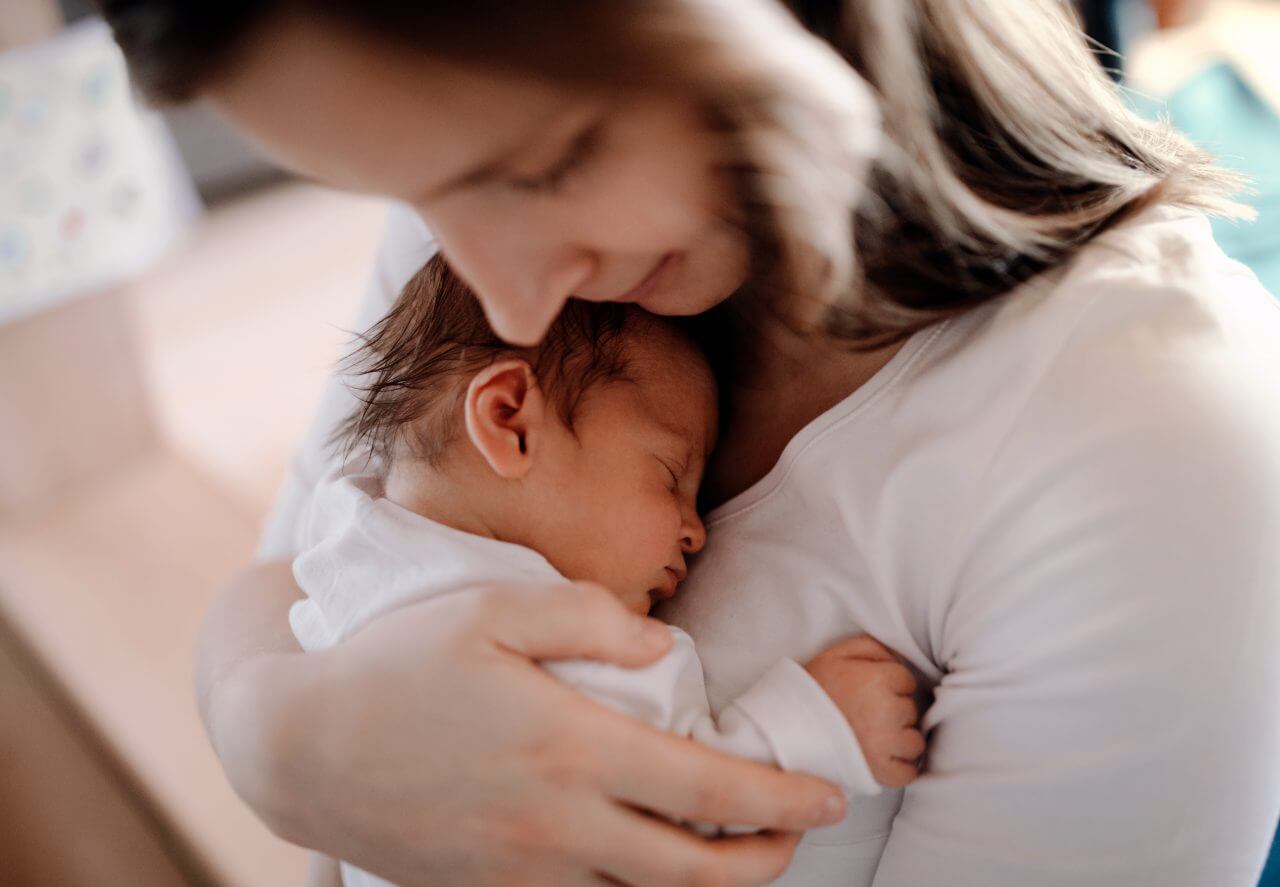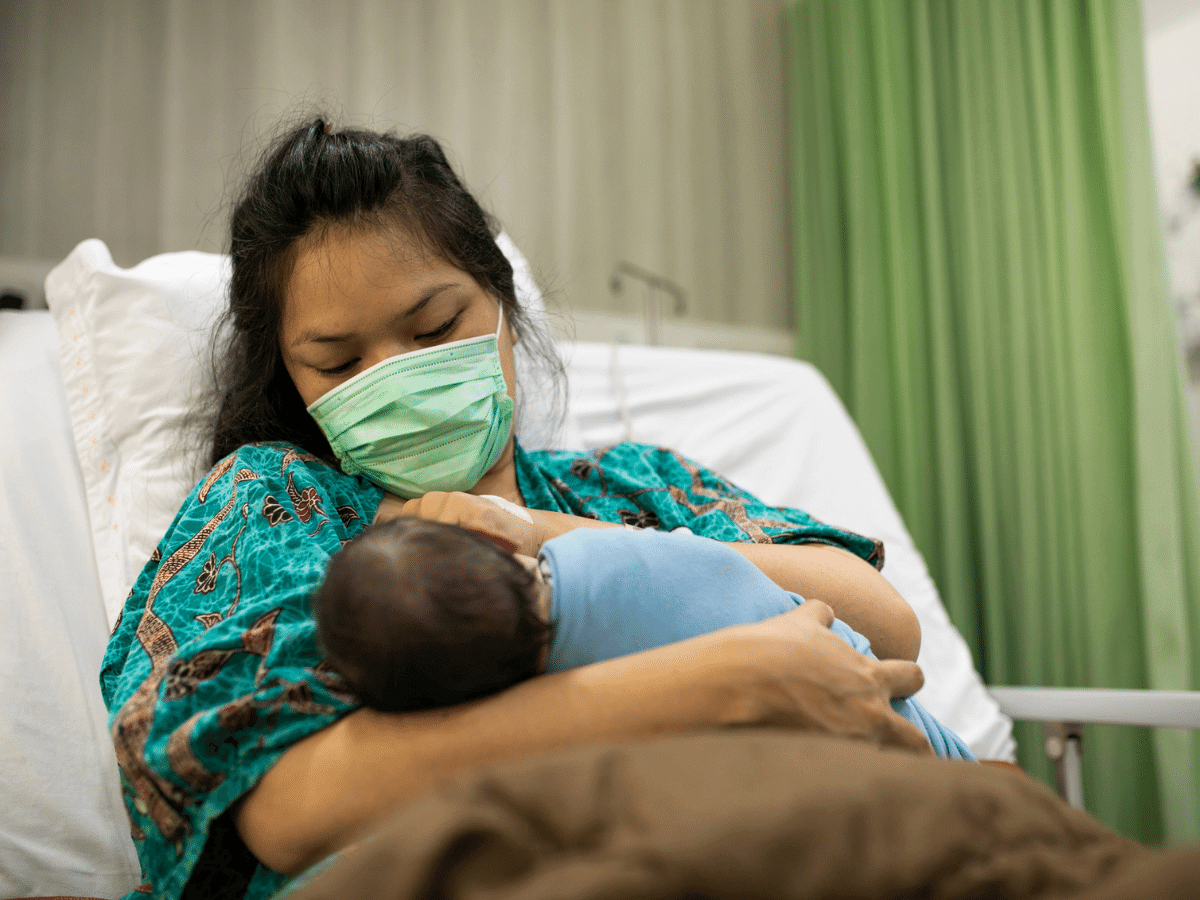Safe Sleep Tips Every New Parent Should Know

Did you know that approximately 3,500 infants die each year in the United States from sleep-related causes?
You may have heard the term sudden unexpected infant death (SUID) to describe these infant deaths, which occur suddenly and unexpectedly and may be explained or unexplained.
These include those deaths that have been referred to for many years as, sudden infant death syndrome (SIDS). Sudden infant death syndrome is now described as those infant deaths that cannot be explained after a thorough case investigation. Many infants who die from SUID can be attributed to sleep-related causes.
In 2016, the American Academy of Pediatrics, published “Recommendations for a Safe Infant Sleeping Environment” based on evidence to reduce the risk of SIDS and sleep-related suffocation, asphyxia and entrapment among infants.
Safe Sleep Recommendations
Always place your baby on their back for every sleep, nighttime or naptime.
Next, place your infant on a firm sleep surface (mattress in a safety-approved crib) covered by a fitted sheet with no other blankets, bedding or soft objects in the crib.
Breastfeeding is recommended, as it is associated with a reduced risk of SIDS.
There is evidence that sleeping in the parents’ room, but on a separate surface, decreases the risk of SIDS by as much as 50%. This is thought to be due to the prevention of suffocation, strangulation and entrapment that may occur when an infant is sleeping in the adult bed. Your baby should ideally sleep in your room for the first year of life, but at least for the first six months.
You may consider offering your baby a pacifier at naptime and bedtime. For breastfed infants, a pacifier should be delayed until breastfeeding is firmly established or about one month of age.
Evidence has shown a protective effect of pacifiers on the incidence of SIDS, but exactly how they help is still unclear. Offer your baby a pacifier when placing them down to sleep. If your baby refuses the pacifier, simply offer when baby is a little older. Never force the pacifier.
If the pacifier falls out during sleep it does not need to be reinserted. Because of the risk of strangulation, pacifiers should not be hung around the infant’s neck. Be sure to clean and check your baby’s pacifier often and replace regularly.
Other risk factors for SIDS include smoke in the infant’s environment. Mother’s should not smoke during pregnancy or after their baby’s birth. You should set strict rules for a smoke-free home and car to eliminate secondhand tobacco smoke from all places where your baby and children spend time.
The use of alcohol and illicit drugs during pregnancy and after the birth can place baby at a particularly high risk of SIDS. Mothers should avoid these substances and assure those caring for their baby do the same.
Remember the ABCD’s of Safe Sleep
A – Alone
B – On their Back
C – In their Crib
D – Danger (Alcohol and drug use impair your ability to care for a baby.)



